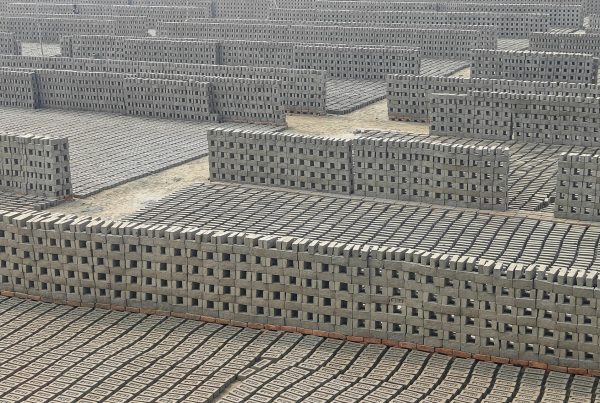China’s 13th Five-Year Plan (2016-2020) targets “maintaining medium-high growth” with five focus areas: innovation, coordinated development, green growth, openness, and inclusive growth. In the “green growth” section, the Chinese government plans to support the growth of local energy-saving and environmental protection industries, and turn them into globally competitive firms.

2016-2020, China’s 13th Five Year Plan
Water and Greenhouse Gas
Official reports state that 20{e3829ec1db02d54faaf9fa2de0d48db26af01d7a7944a63c3b26976124791cab} of China’s arable land and 33{e3829ec1db02d54faaf9fa2de0d48db26af01d7a7944a63c3b26976124791cab} of its surface water are polluted. Moreover, more than 80{e3829ec1db02d54faaf9fa2de0d48db26af01d7a7944a63c3b26976124791cab} of underground water used by farms, factories, and households are too polluted to drink in or bathe in. Even worse, China is the world’s largest CO2 emitter, accounting for more than 25{e3829ec1db02d54faaf9fa2de0d48db26af01d7a7944a63c3b26976124791cab} of global CO2 emissions.
Air Pollution and Energy Consumption
After air pollution levels in northeast China reached hazardous levels in 2013, improving air quality was elevated to be one of the top priorities addressed by the Chinese government. The Chinese government responded by establishing more than 1,400 air monitoring stations nationwide. Real-time data for 6 pollutants: PM10, PM2.5, sulfur dioxide, nitrogen dioxide, ozone, and carbon monoxide was made publically available by the end of 2014. By signing the Paris Agreement, China also committed to reducing energy intensity by 15{e3829ec1db02d54faaf9fa2de0d48db26af01d7a7944a63c3b26976124791cab}, reducing the number of polluted days by 25{e3829ec1db02d54faaf9fa2de0d48db26af01d7a7944a63c3b26976124791cab} and reducing the number of days when PM2.5 exceed limits by 18{e3829ec1db02d54faaf9fa2de0d48db26af01d7a7944a63c3b26976124791cab}. The strictest management system for water resources was also implemented and a national monitoring system was established for groundwater.
Build Environment
China is making great efforts to reduce pollution and build environmental-friendly cities by promoting a green and low-carbon industry system and establish a green development fund. These funds will be used to support environmental infrastructure, capacity building and green industry development in Belt and Road countries. China’s 13th Five-Year Plan set the goals of working to achieve the environmental goals of the UN 2030 Agenda for Sustainable Development and enhance environmental cooperation by 2030. China has also committed to increasing the number of “green buildings” from 2{e3829ec1db02d54faaf9fa2de0d48db26af01d7a7944a63c3b26976124791cab} to 50{e3829ec1db02d54faaf9fa2de0d48db26af01d7a7944a63c3b26976124791cab} by 2020. This is the time when green buildings and sustainability come into play.
Private Sector
While the Chinese government has done a lot for environmental protection, businesses are also addressing sustainability. Many big retailers such as Starbucks, Nike, Prada, and Gucci have committed to building more sustainably and are participating in the LEED green building program. Hospitality, commercial, educational, industrial and health care sectors are also successively joining the sustainability family. There are a number of benefits to being a sustainable business: improved brand image, increased competitive advantage, increased productivity, reduced costs, reduced waste, and employees and investors attraction and satisfaction.
Sustainability is the new trend not only for governmental initiatives, policies and agendas but also for customer demand and market demand. China has joined the sustainable building movement and plays an important role. Under the guidance of the 13th Five-Year Plan, we should expect more innovative practice in moving to a more sustainable future in China.
(Source: U.S.-China Economic and Security Review Commission: The 13th Five-Year Plan)











